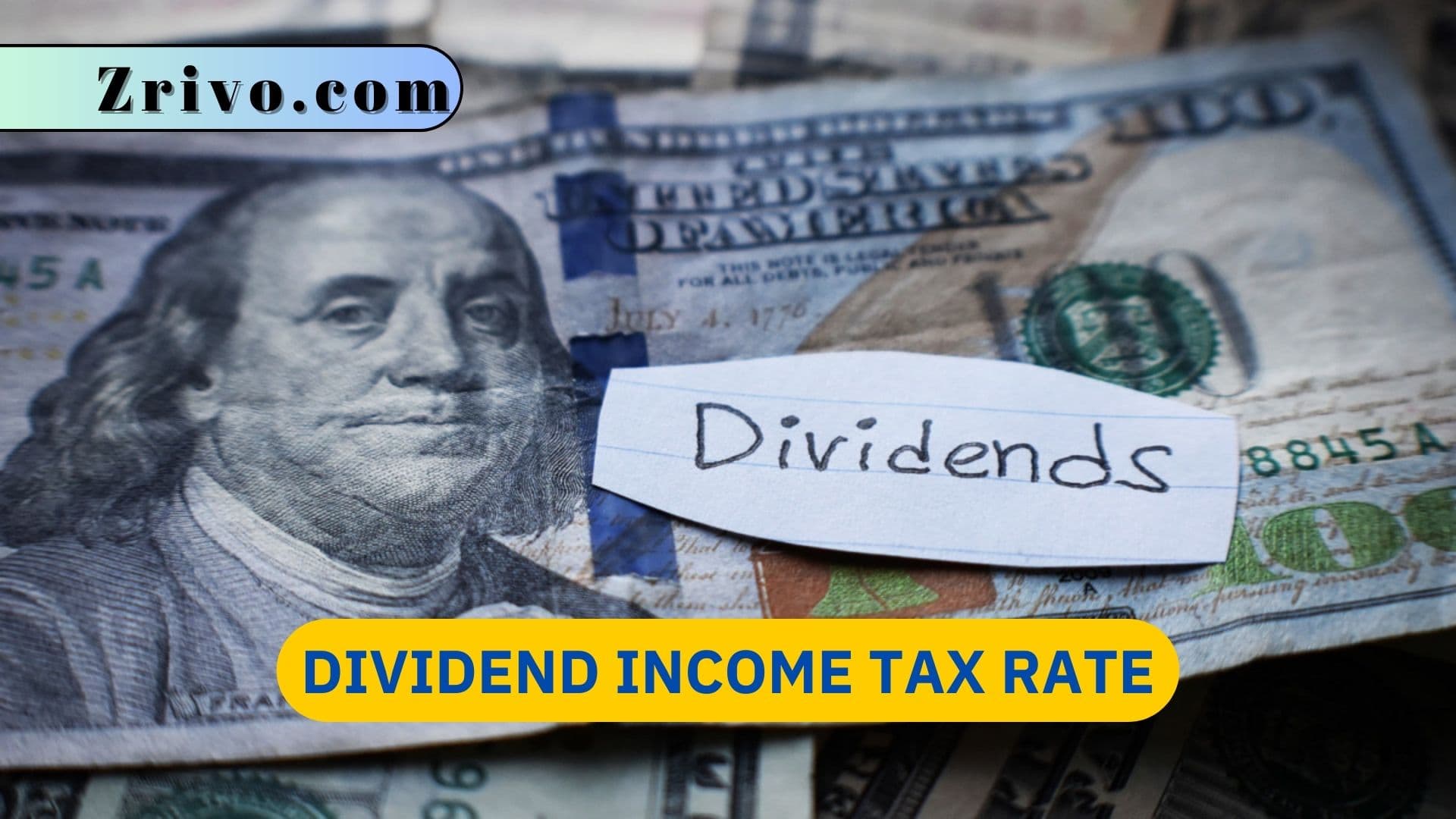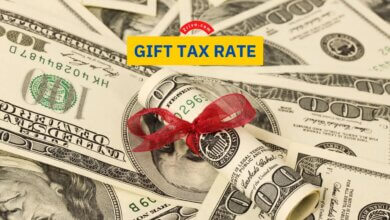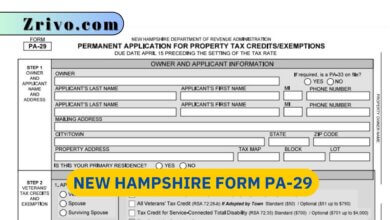Dividend Income Tax Rate 2023 - 2024
Like most earnings and realized gains on investments, dividends are taxable. This article overviews Dividend Income Tax and will help you understand how it works.

Dividend income is part of a company’s profits paid out to shareholders per share. The amount of dividend income a shareholder receives depends on the stock price and the company’s earnings. A higher stock price and a lower earnings growth rate typically mean less dividend income for the shareholder. Investors can choose to use their dividend income or reinvest it in the company to continue growing their share ownership.
Both dividend and interest payments are considered taxable income in most jurisdictions. There is a difference, however, in the rate they are taxed at. Qualified dividends are taxed at a lower rate than ordinary or regular income. Investors can find out whether their dividends are qualified by looking at the information on their Form 1099-DIV or Schedule K, which are sent to investors if they earned over $10 in dividend income.

How to Qualify as a Qualified Dividend?
To qualify as a qualified dividend, the company must meet certain criteria. The most common is that the company must be a U.S. corporation and be listed on a major exchange. It must also have a history of paying dividends and be in operation for at least five years. In addition, the company must have a net long-term capital gain of at least $2,400 for each taxable year. The tax on qualified dividends is typically lower than that on regular income or investment income.
Non-qualified dividends are taxed at the same rate as ordinary income, which is generally higher than the capital gains tax rate. This includes dividends from mutual funds and ETFs. It also includes dividends from certain other investments, such as municipal bonds and preferred stocks.
Regardless of the dividend type, it is important to remember that these distributions are not guaranteed. The company or fund that pays you a dividend could stop paying it at any time, and even if they do not, their shares could decrease in value. For this reason, it is essential to diversify your portfolio and not rely solely on dividend income to grow your wealth. It is also important to consider the state and local income taxes, which may be levied on dividends in addition to the federal tax rates.

What is Dividend Income Tax Rate for 2024?
Non-qualified dividends are taxed at your ordinary income tax rates, which can be significantly higher than the capital gains rates. The IRS estimates that the average top marginal tax rate in 2024 for those earning $100,000 in ordinary income and $10,000 in dividends would be 24%, which is more than double what you would pay on qualified dividends. Additionally, many states levy additional taxes on personal dividends, including Tennessee’s Hall Tax and New Hampshire’s 6% surcharge. These additional taxes can add up quickly and significantly reduce the value of your dividends. This is why it is important to understand your state’s income tax rules and how they impact your investing strategy.





